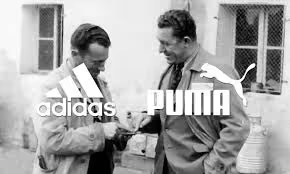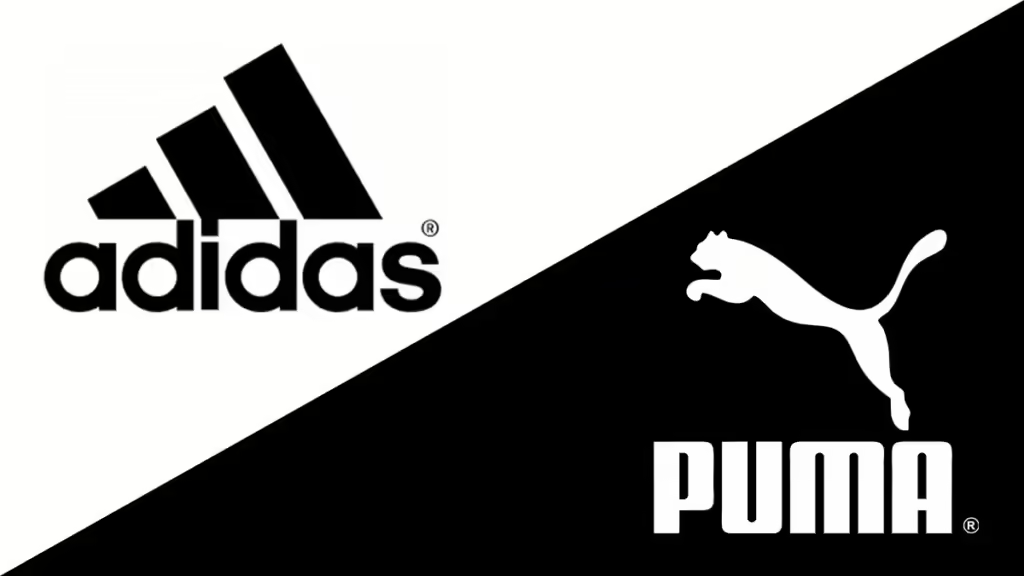
n the heart of Herzogenaurach, Germany, a sibling rivalry transformed the sportswear landscape forever. Adolf ‘Adi’ Dassler and Rudolf Dassler, once partners in a humble shoe-making venture, would go on to create two of the most iconic brands in sports history: Adidas and Puma. Their bitter feud not only split their family but also divided their hometown, leaving an indelible mark on the global sports industry.
Humble Beginnings
Raised in a small town steeped in cobbling traditions, the Dassler brothers were born into a family of shoemakers. In 1924, they founded the Dassler Brothers Shoe Factory, focusing on producing high-quality footwear for athletes. Their breakthrough came during the 1936 Berlin Olympics, when American sprinter Jesse Owens triumphed in Dassler shoes, catapulting the brand into international fame.

A Rift Turns Into a Feud
However, success bred tension. A series of misunderstandings during World War II exacerbated their differences. The infamous air raid incident, where Adi allegedly made a remark that Rudolf interpreted as a personal slight, marked the beginning of their estrangement. By 1948, the brothers’ relationship had soured to the point of no return, leading to a dramatic split. Adi rebranded the original factory as Adidas, while Rudolf established Puma across the river.
The Birth of Two Giants
The feud between the two brands fueled an intense rivalry, with Herzogenaurach splitting into factions. The community became known as “the town of bent necks,” where residents would glance down to identify loyalty to either Adidas or Puma. This division permeated local businesses and even families, creating a landscape where Adidas and Puma employees would avoid each other.
Both brands thrived in this competitive atmosphere. Adidas innovated football footwear with screw-in studs and established key sponsorships with athletes and national teams. In contrast, Rudolf’s Puma captured attention with aggressive marketing strategies, notably signing Brazilian football legend Pelé, whose iconic moment at the 1970 World Cup further cemented Puma’s reputation.

Divided Legacy
Despite their professional achievements, the brothers never reconciled. Both passed away in the 1970s, buried in the same cemetery in Herzogenaurach but on opposite sides, a poignant symbol of their fractured relationship. Their legacies, however, live on through the companies they founded. Adidas is now the second-largest sportswear manufacturer globally, while Puma has carved its niche as a lifestyle brand.
A Modern Truce
In 2009, over sixty years after their split, employees from both companies participated in a friendly football match, dubbed the Peace One Day event, symbolizing a truce between the rivals. While the intense competition has softened, the spirit of innovation and ambition that drove the Dassler brothers continues to inspire both brands today.
Current Leadership
As of 2023, Adidas is led by Bjørn Gulden, who previously served as CEO of Puma, while Arne Freundt heads Puma. Under their leadership, both companies continue to thrive, guided by the enduring legacies of their founders.
The Dassler brothers’ story is a testament to how ambition and rivalry can reshape industries, leaving a lasting impact on sportswear and culture. Today, every Adidas and Puma product carries a piece of that history, a reminder of the fierce competition that once divided a family and a town.


